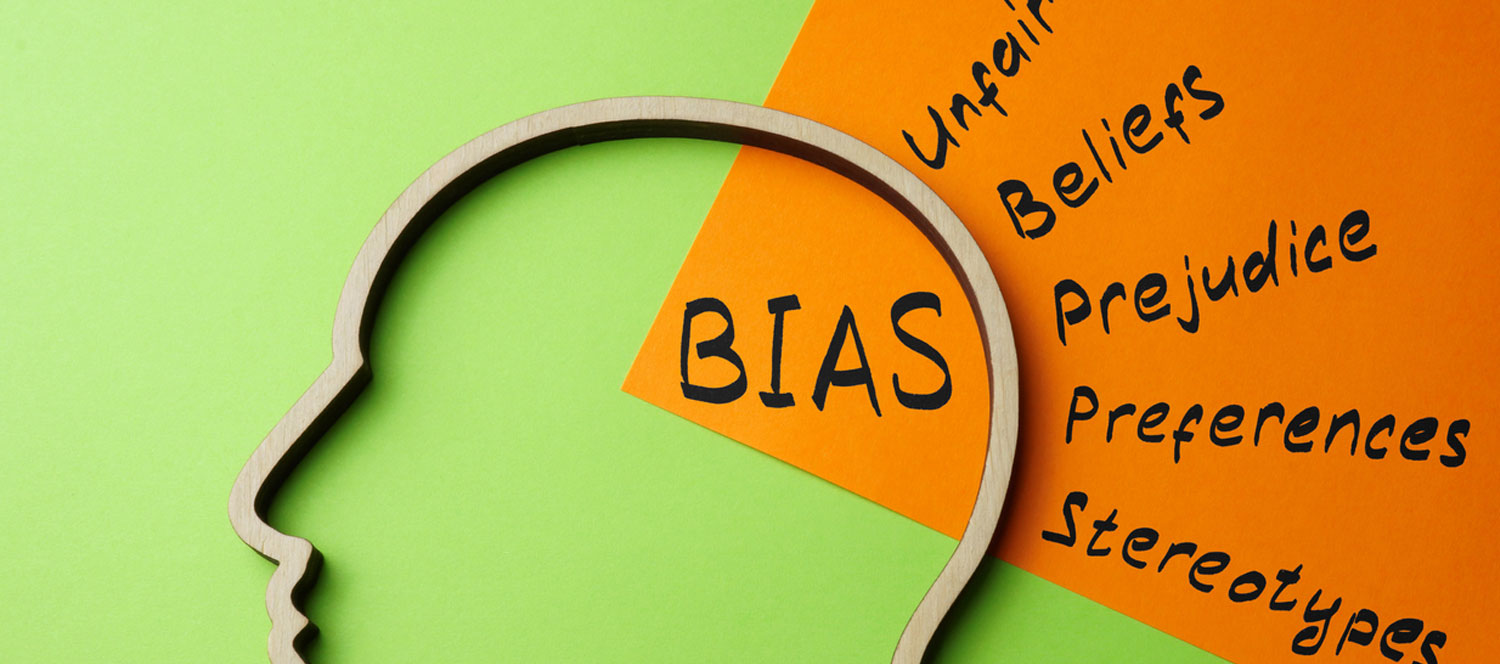With the world's best converting checkout, it's no wonder more and more ecommerce stores are migrating over to Shopify.
Shopify enables you to sell online and in person, sell locally and globally, sell direct and wholesale and sell on desktop and mobile.
So, you've made the decision to move your ecommerce store over to Shopify - what next? Blue Horizons have been helping merchants migrate their stores over to Shopify for over 11 years so we are here to hand-hold and guide you through the entire process.
Existing website audit and objective setting
In order to ascertain your requirements and create a brief for your new Shopify store have a think about:
- How does your ecommerce store fit into your overall business strategy and what are your future business goals?
- What problems are you currently having with your existing platform?
- How does the ecommerce site sit within your business operations? Is there room for improvement?
- What are your non-negotiables versus your 'would like to have' for a new site?
- What sales channels do you require?
Audit questions
- User Experience (UX) - is the site easy to navigate? What is the search function like? How are products categorised? Is the site mobile-friendly? What is the checkout process like? Are customers able to find the information and content they need?
- User Interface (UI) how does the site look visually? How do users interact with products? What is the overall feel of the site?
- Site Performance - how well does your site perform compared to your competitors? How secure is the site? Are there any technical errors?
- SEO Audit - look at on-page and off-page optimisation, technical SEO, product descriptions and keywords, links
- Site Management - how do you currently manage inventory? How are products managed? Is the site easy to update and maintain?
- Third Party Integrations - what existing integrations do you have with your ecommerce store - inventory management, fulfilment services, payment gateways, CRM, email platforms, accounting software and so forth.
Finally, consider the implications of moving away from your current service provider(s) - are there any contractual obligations? What process is involved?
Data & content migration
Have you decided exactly what data you would like to move over to Shopify? Now is the perfect opportunity to do some house-keeping and have a good sort out! In terms of data, consider the following along with quantities:
- Products - descriptions, prices, tags, images, alt tags, SKU, inventory, variants, SEO, meta description etc
- Customers - (see below for Shopify's customer data fields)
- Orders - order history - how far back do you need to go?
- Reviews - what app/platform do you currently use to collect reviews?
- Blog posts - consider if you'd like to better organise your blog content going forwards
- Custom code - is there any existing custom code for functionality or design on your existing ecommerce store that you require on the new Shopify store?
Methods of migrations
Depending on your circumstances, size of inventory and preferences, there are several methods available to conduct your migration:
- Manual copy and paste - only viable with small amounts of data*
- CSV file export to import- export the data into a CSV file in order to import into Shopify (please see below regarding Shopify specific templates)*
- Third Party App - head over to the app store to find suitable solutions
- Hiring a Shopify Partner such as Blue Horizons to manage the process for you
*Please note that in order to migrate orders you will always need a third party app.
Check the export before you import!
Use Shopify's Product CSV Template and their Customer CSV Template (click on links to download) and map/match up the column headings.
It is important to tackle data imports to Shopify in the folling order:
- Products
- Customers
- Historical Orders (only available to migrate via private or public app)
Make sure to test your data import to check all data has correctly migrated to where it needs to!
Search engine optimisation
Another consideration not to be overloooked when migrating your store is URL redirects to maintain your search engine rankings - ensuring that visitors to your old site's pages are redirected to the right place in your new Shopify store. Again, for large numbers of redirects this can be done via a CSV file.
Designing your Shopify store - which theme?
Different themes provide unique styles, layouts and experiences tailored to the specific products you sell. With Shopify themes, you can customise your online store to best suit your brand and business needs.
There are literally hundreds of themes to choose from - have a look at the Shopify Theme Store.
We would recommend speaking to a Shopify Partner who can recommend which themes best suit your business needs and requirements and can help design and build your website to suit.
Integrations
What other platforms does your ecommerce store need to integrate with? We would recommend speaking to a certified Shopify Partner regarding your specific processes and requirements, as it may well be that there is a more efficient option open to you within the Shopify ecosystem.
Which Shopify plan?
Have a look at the Shopify Plan options to see what suits your business best. You are able to switch up or down at any point to suit your changing business needs.
Getting your store ready to launch
We have put together a handy guide to help you test your Shopify Store and get it ready to launch, this runs through all the Store Settings, Shipping, Payments, Testing Orders, Notifications, Domain Management and Navigation - check it out here.
Ongoing support and additional services
Do you require any additional or ongoing support for your store? Blue Horizons have been an accredited Shopify Partner for over 11 years as well as being a full service marketing agency for over 22 years. We work with you as your trusted partner and can provide on going support as well as additional services to help you and your Shopify store thrive.
Get in touch today to discuss your Shopify and marketing requirements.


